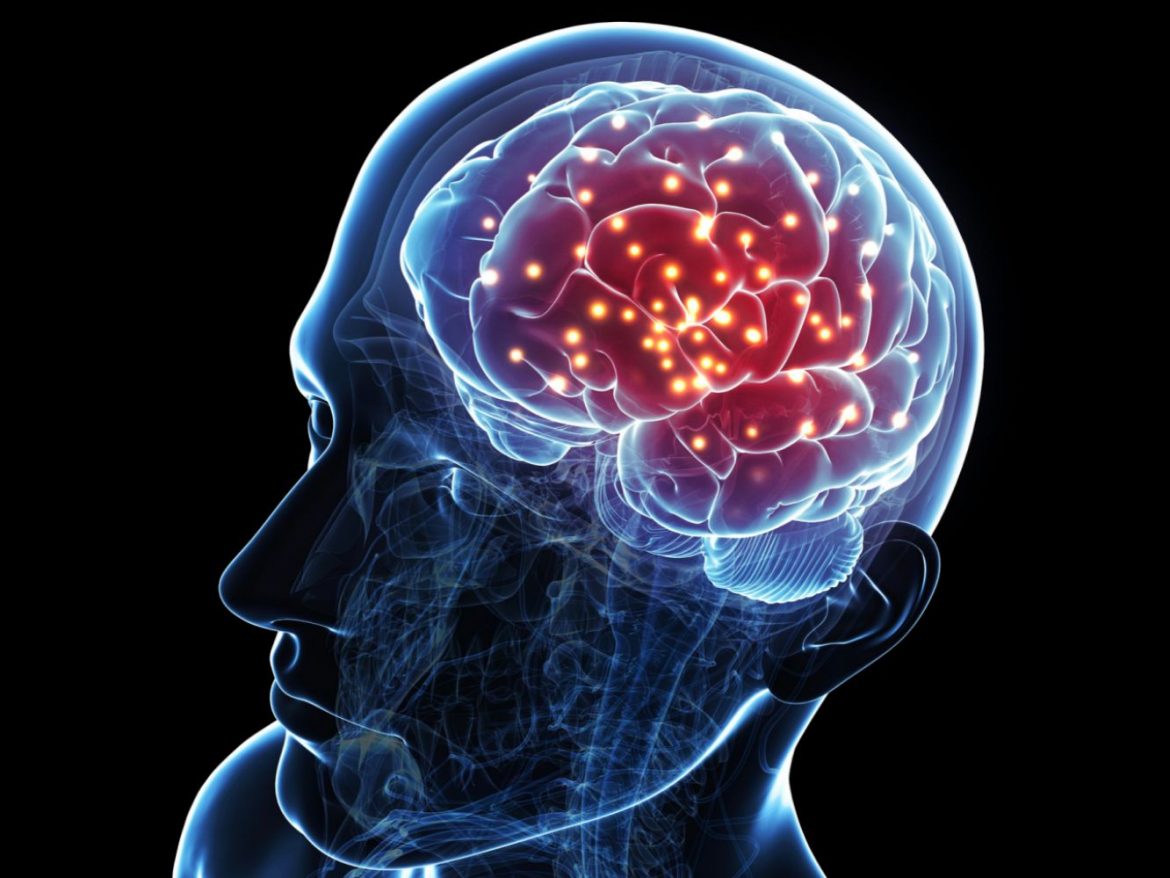According to a research conducted by the Technion-Israel Institute of Technology, computing occurs in the brain at the single-neuron level, not merely in the interaction between neurons. Each of these cells, it turns out, is a complex calculating machine rather than a simple switch.
This finding has the potential to transform not just our understanding of how the brain functions, but also our understanding of illnesses ranging from Parkinson’s disease to autism. The discoveries are also likely to help develop machine learning by providing ideas for new architectures.
Technion Professor Jackie Schiller of the Ruth and Bruce Rappaport Faculty of Medicine and her colleagues studied the brain at the single-neuron level to learn more about it.
Technion To solve this riddle, Professor Jackie Schiller of the Ruth and Bruce Rappaport Faculty of Medicine and her colleagues analysed the brain at the single-neuron level. They discovered that computing occurs not just in the interplay of neurons (nerve cells), but also inside each individual neuron. Each of these cells, it turns out, is a complex calculating machine rather than a simple switch. This discovery, which was just published in the journal Science, promises to transform not only our knowledge of how the brain functions, but also our understanding of illnesses ranging from Parkinson’s disease to autism. Furthermore, these discoveries are likely to boost machine learning by providing inspiration for new designs.
The neurons studied by Prof. Schiller’s team were the cortex’s biggest pyramidal neurons. These cells, which are known to be very mobile, feature a dense dendritic tree with numerous branches, sub-branches, and sub-sub-branches. The scientists observed that these branches do more than just forward information. Each sub-sub-branch calculates the information it gets and sends the result to the larger sub-branch. The sub-branch then calculates and passes on the information collected from all of its subsidiaries. Furthermore, several dendritic branchlets can interact with one another to increase the computational output of their total result. As a consequence, each individual neuron performs a difficult computation.
Prof. Schiller’s team demonstrated for the first time that the neuron is compartmentalised and that its branches execute calculations independently.
“We used to conceive of each neuron as a whistle that either toots or doesn’t,” Prof. Schiller says. “We’re instead staring at a piano. Its keys can be hammered simultaneously or sequentially to produce an infinite number of distinct songs.” This intricate symphony in our brains is what allows us to learn and perform an infinite number of distinct, difficult, and exact moves.
Several neurodegenerative and neurodevelopmental illnesses are considered to be connected to changes in neuronal data processing abilities. The dendritic tree has been reported to suffer morphological and physiological alterations in Parkinson’s disease.
We realise that the neuron’s capacity to execute parallel processing has been limited as a result of the Technion team’s recent discoveries. It appears that the excitability of dendritic branches is changed in autism, resulting in the various symptoms associated with the illness. The increased understanding of how neurons operate offers up new study avenues for these and other illnesses, with the intention of alleviating them.
These insights might also serve as a source of inspiration for the machine learning community. Deep neural networks, as the name implies, try to construct software that learns and functions in a manner similar to that of the human brain.
Despite the fact that their developments are frequently in the headlines, these networks are unsophisticated in comparison to a real brain. A deeper knowledge of how human brain functions can aid in the construction of more complicated neural networks capable of performing more difficult tasks.
Follow Medically Speaking on Instagram





